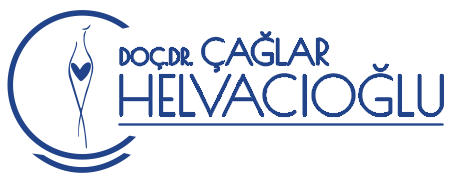Puerperal breast inflammation is a type of breast tissue inflammation that occurs during the puerperium and shows symptoms such as breast pain, swelling, warmth and redness. This inflammation of the breast, also known as mastitis, is a condition that reduces the quality of life of breastfeeding mothers and both physically and psychologically disturbs them. Inflammation of the breast during the puerperium, which also makes it difficult to care for the baby, can occur in women who continue breastfeeding for up to one year after giving birth.
Risk Factors and Symptoms of Puerperal Breast Inflammation
Inflammation of the breast in the puerperium can develop for two different reasons. The first of these is milk left in the breast and blocked milk ducts. If the mother’s breasts do not empty completely during breastfeeding, the milk ducts can become blocked. This blockage causes the milk to return, which in turn causes inflammation in the breast. Another cause of breast inflammation is bacteria entering the breast. Bacteria on the skin and in the baby’s mouth can reach the breast ducts through cracks in the mother’s skin or through the mother’s nipple. These bacteria combine with the stagnant milk that has accumulated in the breast and has not been emptied, creating a feeding ground and causing inflammation.
Risk factors for puerperal mastitis include women with wounds and cracks in the nipples, and women who have had mastitis from breastfeeding. At the same time, wearing tight bras and creating pressure on the breasts can lead to breast inflammation in the puerperium as it prevents milk flow. Incorrect breastfeeding techniques, being overly stressed and tired during the puerperium, poor diet and smoking can also cause breast inflammation in the puerperium.
Symptoms of breast inflammation during the puerperium are as follows:
- Breast swelling
- Breast tenderness
- Feeling warmth when touching the breast
- Thickening of breast tissue
- Mass in the breast tissue
- Redness of the skin, usually triangular in shape
- The mother feels sick and tired
- High fever
When to see a doctor?
If one or more of the above symptoms occur during breastfeeding, you should consult your doctor. In the treatment of breast inflammation, a 10-day course of antibiotics is usually recommended if there is an infection. However, the use of painkillers is also a recommended method of treatment. Apart from these, the mother should completely finish the milk in the breast while breastfeeding, ensure that the baby finishes one breast before switching to the other breast, change the position of the mother when switching from one breast to the other, and quit smoking are among the methods that should be applied to reduce the possibility of breast inflammation in the puerperium.




